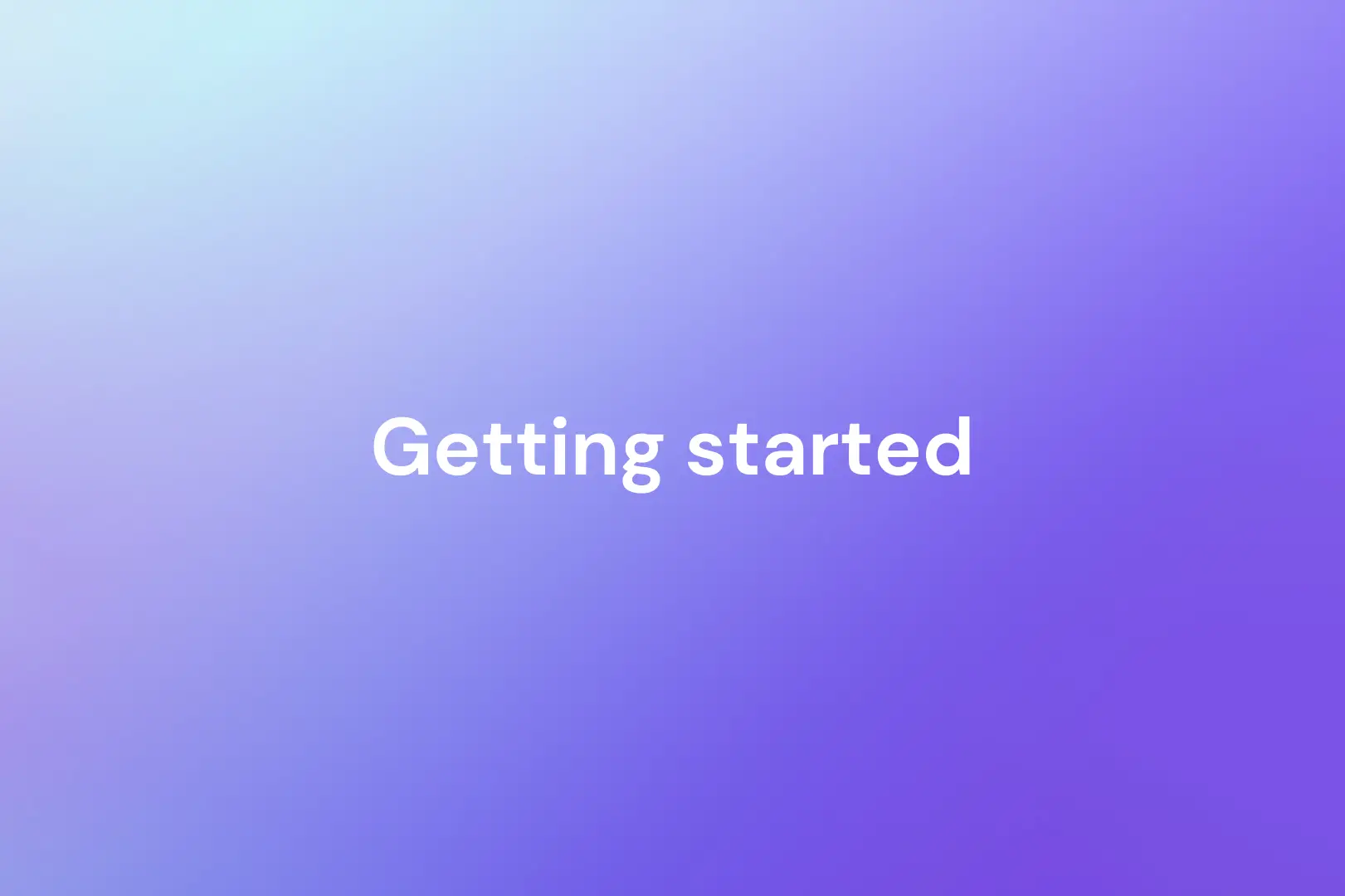Whether you want to create a customer journey map, user experience map, or service blueprint, Custellence is the perfect tool for the job. Furthermore, it’s incredibly simple to get started with Custellence. To begin, watch this one-minute video for a quick overview of our platform.
- 0-20 sec: How to create cards and curve lanes.
- 20-42 sec: How to avoid over cluttered customer journey maps. Use sub-lanes for details such as customer insights, quotes, images, and ideas.
- 42-57 sec: How to build empathy, customer understanding, and shared vision by uploading images, concept sketches, and workshop post-its.
- 57-1:02 sec: How to hide and show sub-lanes. How to switch between the overall view (e.g., for management and decision making) and the detailed levels.
To dive deeper, check out our step-by-step guide (you can find an introduction to the guide further down) on how to get started with Custellence for customer journey mapping. Additionally, this guide provides in-depth insights to ensure you make the most of the platform.
Moreover, if you’re interested in exploring the fundamentals of journey mapping, this guide from the Nielsen Norman Group serves as an excellent starting point.
An introduction to the step-by-step guide
Journey mapping can be done in a variety of ways and for many different purposes. Custellence has the flexibility and structure that makes it suitable for most kinds of customer journeys. In the step-by-step guide you’ll find the essential steps how to map customer journeys and create value by using Custellence.
All kinds of journeys can be mapped in Custellence
The journey map comes in many versions and has names like “user journey map”, “employee journey map”, “experience map”, “user story” or “service blueprint”. These maps may differ in purpose and scope, but they all originate from the customer journey map. Regardless of which kind of journey you are mapping, the guide covers the the essential steps to take. Start at step 1 and proceed to the other steps when your finished.
Head to the guide here and follow the steps to gain the insights and learning needed to start mapping.
By Daniel Ewerman


